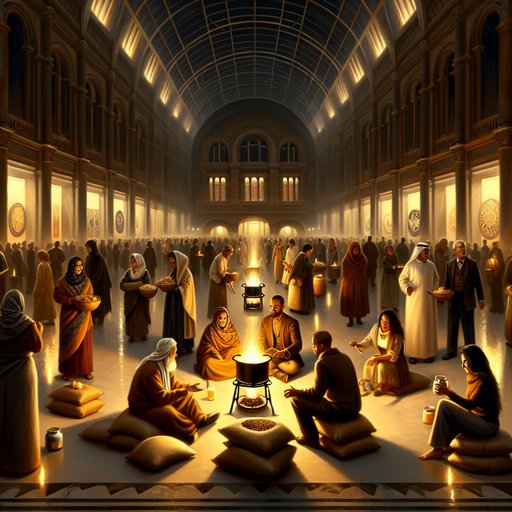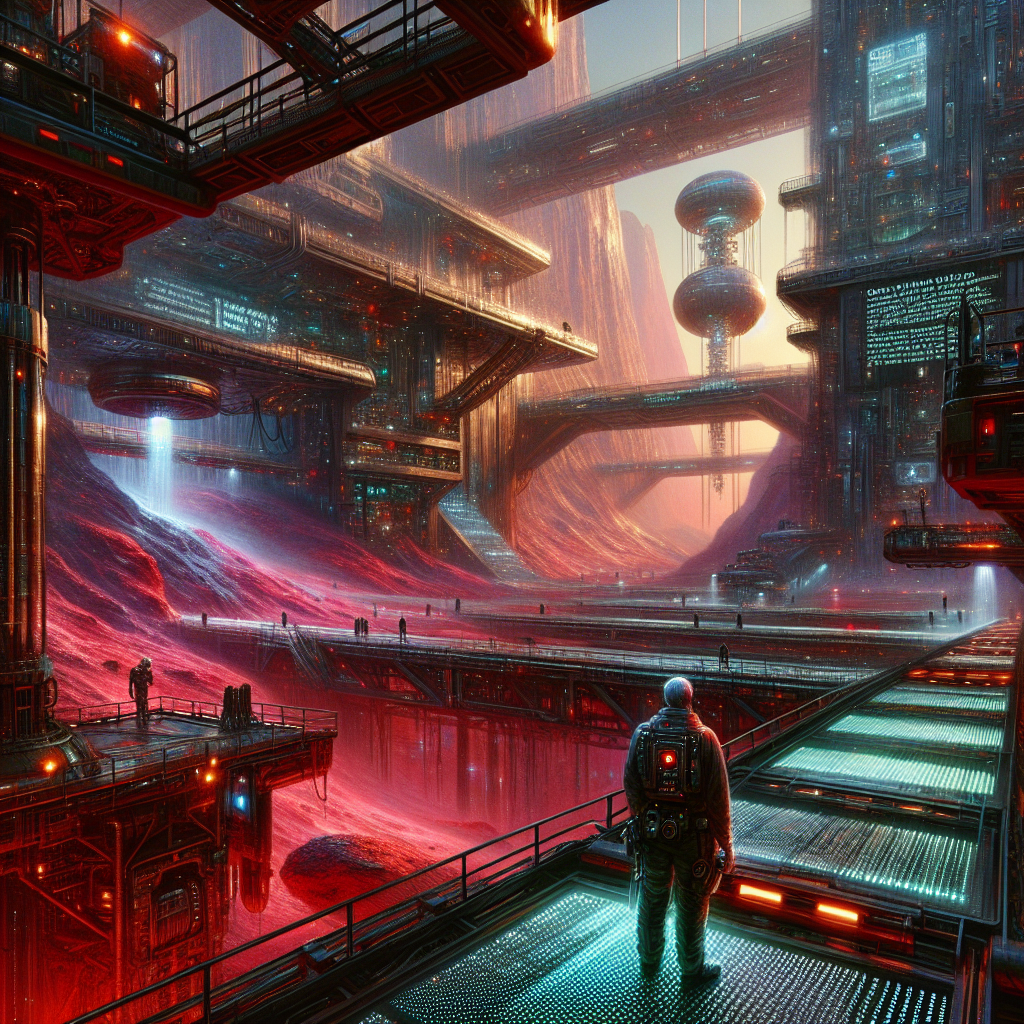
The reports are stark, the details devastating: a 29-year-old news anchor died after falling from the third floor of her home while trying to escape armed robbers, a story relayed across outlets and shoved into our feeds with the blunt force of catastrophe [1][9]. In the attention economy, tragedies arrive as push alerts and thumbnails before they become human again. As an art critic who studies how forms of seeing shape forms of feeling, I keep returning to a hard question: when our encounters with loss become increasingly mediated—wrapped in high-definition video, algorithmic curation, even “immersive” storytelling—do we deepen our capacity for empathy, or do we simply perfect the choreography of looking away? The answer depends less on technology than on intention, context, and whether the design of our cultural interfaces honors the person beyond the headline.
To treat a headline like this as mere content would be an ethical failure, but the failure is not inevitable. It is designed or averted in the choices we make about how we look, how we gather, and how we narrate. Immersion can be a prosthetic for attention, a way to keep us with a scene longer than a swipe; it can also be an anesthetic, sanding down the very friction that makes an encounter morally urgent. The social imagination grows when form and feeling align, and wither when spectacle drowns intention.
The facts are clear and chilling: a young journalist, attempting to flee armed robbers, fell from the third floor of her home and died, according to multiple reports [1][2]. That is all we need to know to feel the weight of her life and the violence that ended it; what we do next with that knowledge defines the culture we are making. Our feeds will tempt us to click through a carousel of adjacent tragedies, to move from shock to ambient doom within seconds. To ask whether immersive media helps here is to ask whether the design of our attention—its tempo, texture, and thresholds—respects grief or metabolizes it into engagement.
Consider a different stage where attention is curated as carefully as lighting: live television sketch comedy. A recent account of Saturday Night Live’s new season argues the show is “reading the room,” modulating tone and content to meet a volatile cultural mood [3]. That calibration is its own form of immersion: not goggles or 3D, but editorial empathy—an attempt to hold a shared space where laughter and anxiety can coexist without trivializing either. If mainstream institutions can tune presence and restraint in real time, art spaces and platforms can, too; immersion is not a machine, it is a social pact.
Material art still teaches what screens risk forgetting. A review of Mour Jaouda’s tapestries described textiles that “contain the world,” an art of entanglement where threads are not just media but meaning [4]. The body knows this difference: standing before a woven surface, we adjust our breath; we glean time in the warp and weft; we sense labor as a moral fact. The more we migrate our encounters into frictionless environments, the more we should smuggle tactility into the design—latencies, pauses, textual footnotes that slow the gaze—so the contact feels earned rather than extracted.
Policy can help. The Open Heritage Statement calls for open, interoperable access to culture, a vision of circulation aligned with stewardship rather than hoarding [5]. Openness, however, is not synonymous with spectacle; consent, context, and community must anchor how we share images of harm and loss. Imagine memorial interfaces built not to spike metrics but to scaffold care: content warnings that are invitations rather than gates; timelines that situate a life beyond its last headline; participatory notes that give neighbors, colleagues, and loved ones a way to author the narrative without ceding it to virality [5].
Openness can widen witness without collapsing dignity. Our myths of permanence are also due for revision. An essay on mortality reminds us that a day comes when no one will speak our names, a hard truth sharpened by the illusion that the internet remembers everything [6]. Awards seasons and institutional calendars promise the opposite—canon, continuity, anointed memory—even as they, too, are governed by cycles of attention [7].
Communities of mourning often do what algorithms can’t: they hold the long middle, returning to songs, gatherings, and shared rituals to metabolize loss over time, as essays about public figures’ deaths and their “fellowship of loss” attest [8]. If total victory is a delusion in geopolitics, total capture is its aesthetic cousin in technology: no medium, however high-fidelity, can render a life entire [9]. So what would an ethics of immersion look like in the wake of a headline like this? First, it would refuse to treat proximity as proof of care; closeness must be earned by context, not bestowed by interface.
Second, it would privilege slowness—structured pause, thoughtful sequencing, and opportunities to step out—over the breathless scroll. Third, it would distribute authorship, inviting communities to co-create remembrance within open frameworks that protect the vulnerable and surface the local wisdom of those who knew the person beyond the event [5]. And finally, it would acknowledge limits: some experiences demand witness without reproduction, attention without augmentation. What I hope the next generation inherits is not a museum of calamity rendered in ever-more-convincing pixels, but a civic studio where technology extends our capacity to listen, hold, and repair.
We can build immersive experiences that decenter the viewer and recentre the subject, that swap extractive voyeurism for reciprocal presence, that translate openness into access with dignity [5]. We can look to tactile arts that “contain the world” as models for digital design that weaves context into every layer [4], and to institutions that are learning, haltingly, to read the room before they perform [3]. Above all, we can treat every headline—especially the ones that arrive, unwanted and unbearable—as a summons to craft tools that enrich authenticity rather than eclipse it, so that our augmented senses make us more human, not merely more transfixed.
Sources
- News Anchor, 29, Dies After Falling from Third Floor of Her Home While Trying to Escape Armed Robbers (PEOPLE, 2025-10-04T20:10:34Z)
- ‘Cherished’ Nigerian news anchor plunges 3-stories to her death trying to flee armed robbers (New York Post, 2025-10-05T01:19:34Z)
- SNL Is Reading the Room (The Atlantic, 2025-10-05T19:46:52Z)
- Tapestries That Contain the World (Hyperallergic, 2025-10-07T21:47:24Z)
- Open Heritage Statement (Openheritagestatement.org, 2025-10-08T15:37:00Z)
- There’s a Day Coming When No One Will Speak Your Name Again (Psychology Today, 2025-10-09T14:20:38Z)
- Nobel Prize 2025: What they are, when will the awards be announced? (Al Jazeera English, 2025-10-06T09:07:20Z)
- Zubeen Garg and the fellowship of loss (The Indian Express, 2025-10-07T12:58:43Z)
- Total Victory in Gaza Is a Delusion (Project Syndicate, 2025-10-07T13:36:15Z)







































